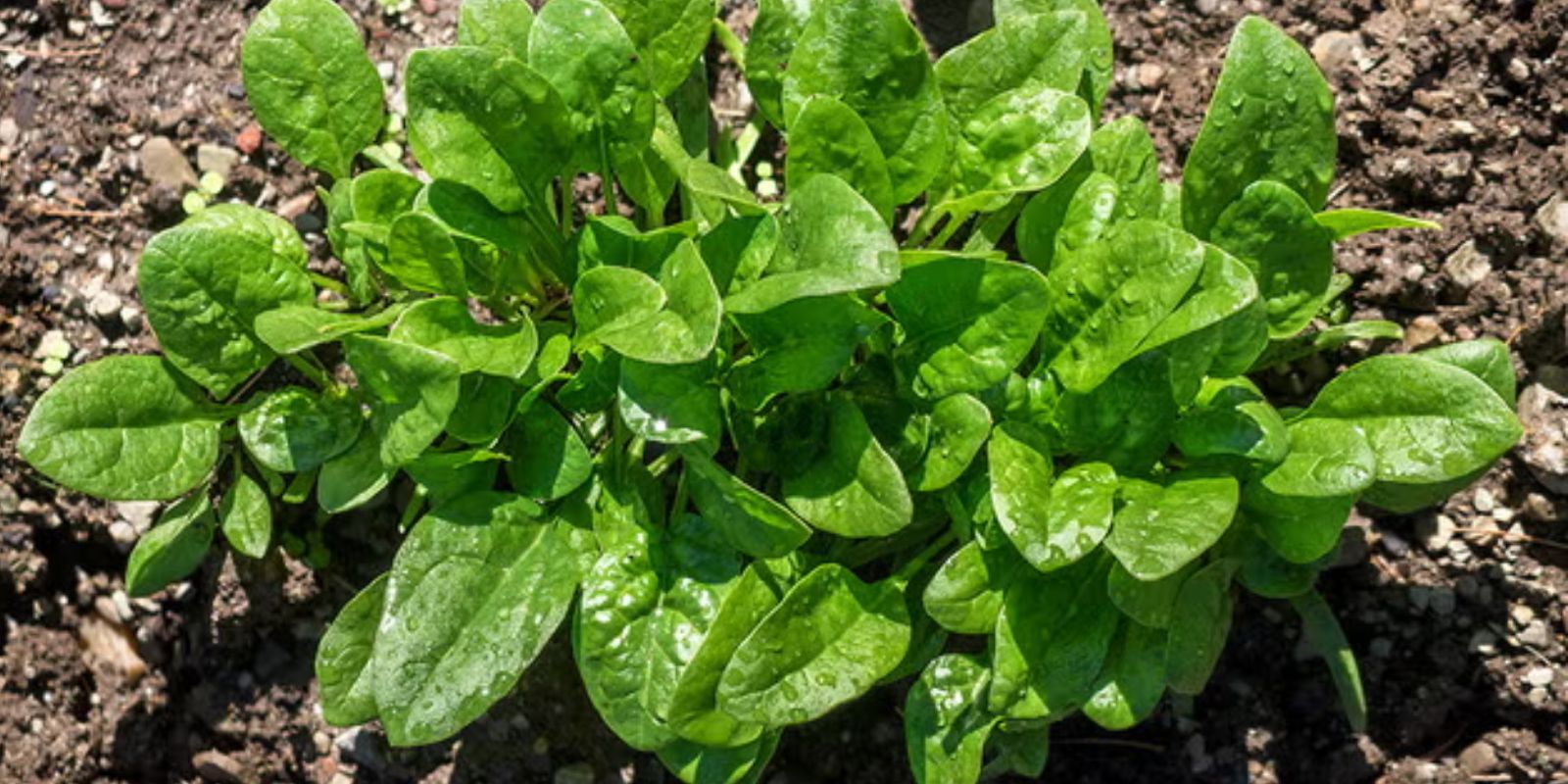Introduction
Spinach is one of the most nutritious leafy greens you can grow in your garden. Packed with vitamins, minerals, and antioxidants, it is an excellent addition to salads, smoothies, and cooked dishes. But not all spinach is created equal. If you want to grow sweet, tender, and flavorful spinach, you need to follow the right techniques.
In this guide, we’ll explore the best methods to grow the tastiest spinach ever, from seed selection to harvesting, so you can enjoy a bountiful supply of this delicious green right from your garden.
1. Choosing the Right Spinach Variety
Not all spinach varieties taste the same. Some are more tender and sweet, while others may have a stronger or bitter flavor. Here are some top varieties to consider:
- Bloomsdale – A classic variety known for its rich taste and crinkled leaves.
- Baby Leaf Spinach – Ideal for salads, it has small, tender leaves with a mild taste.
- Tyee – A slow-bolting variety that stays sweet longer.
- Space Spinach – Perfect for container gardening with smooth, sweet leaves.
- Giant Winter Spinach – Great for cold climates and winter growing.
Choosing a slow-bolting variety helps prevent premature flowering, which can make spinach taste bitter.
2. Best Time to Plant Spinach
Spinach thrives in cool weather, making it perfect for spring and fall planting.
- Spring Planting: Sow seeds 4-6 weeks before the last frost date when soil temperatures are around 50-70°F (10-21°C).
- Fall Planting: For a fall crop, plant spinach 6-8 weeks before the first frost so it matures in cooler temperatures.
- Winter Planting: In mild climates, spinach can be grown in winter with proper mulching or in a cold frame.
3. Preparing the Soil for Maximum Flavor
Spinach loves nutrient-rich, well-draining soil with a slightly acidic to neutral pH (6.0-7.0). Follow these tips to create the best soil environment:
- Add Compost: Mix in organic compost or aged manure to enrich the soil.
- Improve Drainage: If your soil retains too much water, add sand or perlite to improve drainage.
- Avoid Heavy Clay: If you have clay soil, consider using raised beds or containers for better results.
4. Planting Spinach Seeds Correctly
Spinach seeds are small but should be planted with care for the best germination rate.
- Sow seeds ½ inch deep and 1 inch apart in rows spaced 12 inches apart.
- Lightly cover with soil and water gently.
- For continuous harvests, plant new seeds every two weeks.
Spinach seeds germinate best when soil temperatures are 40-75°F (4-24°C), so avoid planting in the heat of summer.
5. Watering for Healthy Growth
Spinach requires consistent moisture to develop tender and flavorful leaves.
- Water 1 inch per week, keeping the soil evenly moist but not soggy.
- Use mulch to retain moisture and prevent soil from drying out too quickly.
- Avoid overhead watering to prevent fungal diseases.
6. Providing the Right Amount of Sunlight
Spinach grows best in full sun to partial shade.
- In cool seasons, full sun (6+ hours of direct sunlight) helps speed up growth.
- In warmer months, provide some afternoon shade to prevent premature bolting (flowering).
7. Fertilizing for the Best Flavor
Spinach benefits from nitrogen-rich fertilizers, which promote leafy growth.
- Use compost tea or fish emulsion every 2-3 weeks.
- Sprinkle blood meal or aged manure into the soil for organic nutrients.
- Avoid excessive chemical fertilizers, as they can cause bitter-tasting leaves.
8. Controlling Pests and Diseases
Common pests that attack spinach include:
- Aphids – Spray with neem oil or use insecticidal soap.
- Leaf Miners – Remove infected leaves and introduce beneficial insects like ladybugs.
- Slugs and Snails – Use crushed eggshells or diatomaceous earth around plants to deter them.
To prevent diseases like downy mildew, ensure proper air circulation and avoid overwatering.
9. Harvesting for the Best Taste
Harvesting spinach at the right time ensures sweet, tender leaves.
- Baby spinach: Ready in 30-40 days after planting.
- Mature spinach: Ready in 45-50 days.
- Pick outer leaves first, allowing the inner leaves to continue growing.
- If plants start bolting (flowering), harvest immediately as leaves may turn bitter.
10. Storing and Enjoying Your Spinach
To keep spinach fresh after harvesting:
- Refrigerate in a damp paper towel and a breathable bag.
- Freeze by blanching and storing in airtight containers.
- Eat fresh in salads, smoothies, or sautéed dishes.
Conclusion
Growing the tastiest spinach ever is easy with the right techniques! By selecting the best variety, planting at the right time, and ensuring proper care, you can enjoy sweet, nutritious, and delicious spinach straight from your garden. Start growing today and share your gardening journey!
What’s your favorite way to enjoy homegrown spinach? Let us know in the comments! 🥬👇
#GrowYourGreens #SpinachLover #OrganicGardening #HealthyEating #GardeningTips #SustainableLiving

